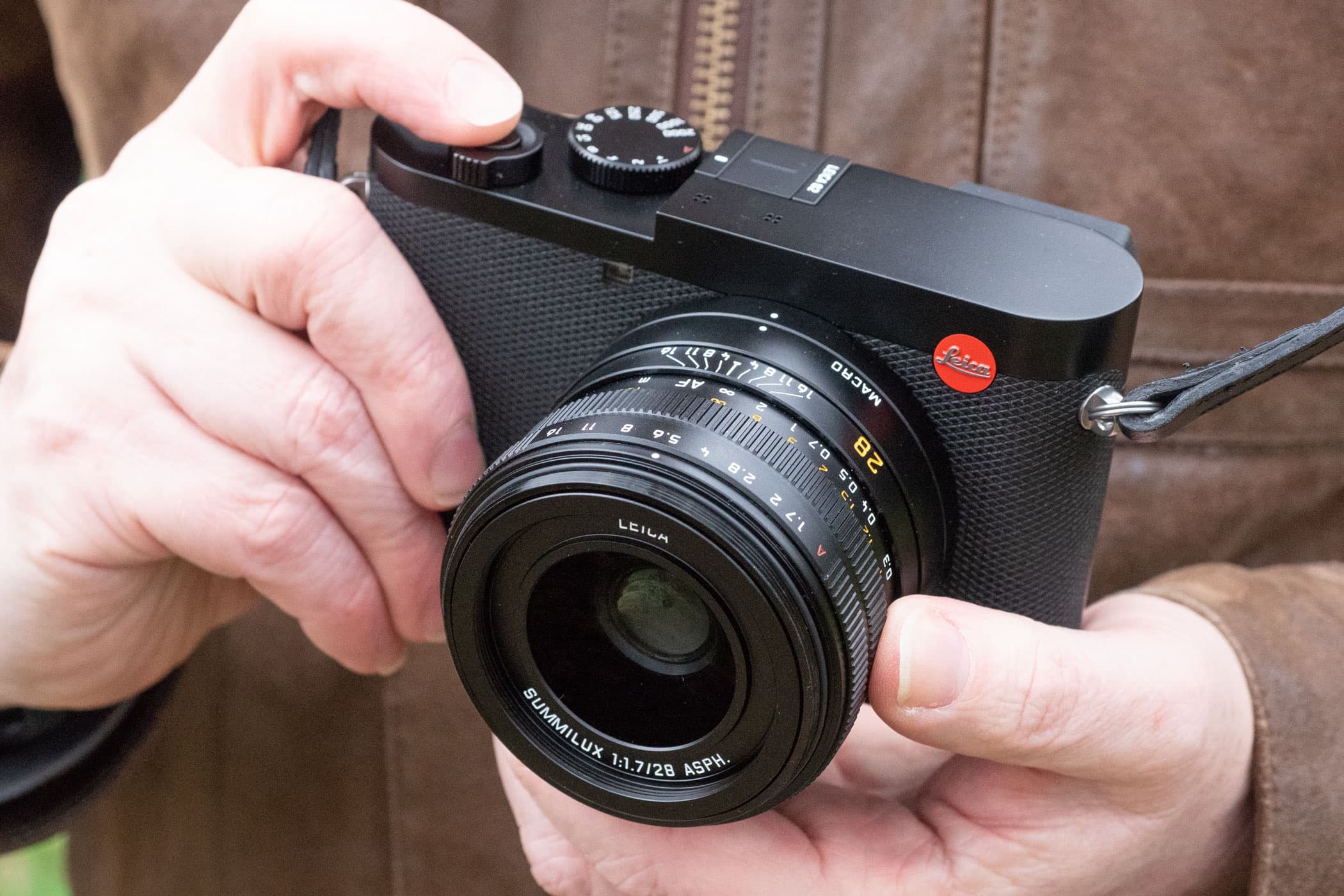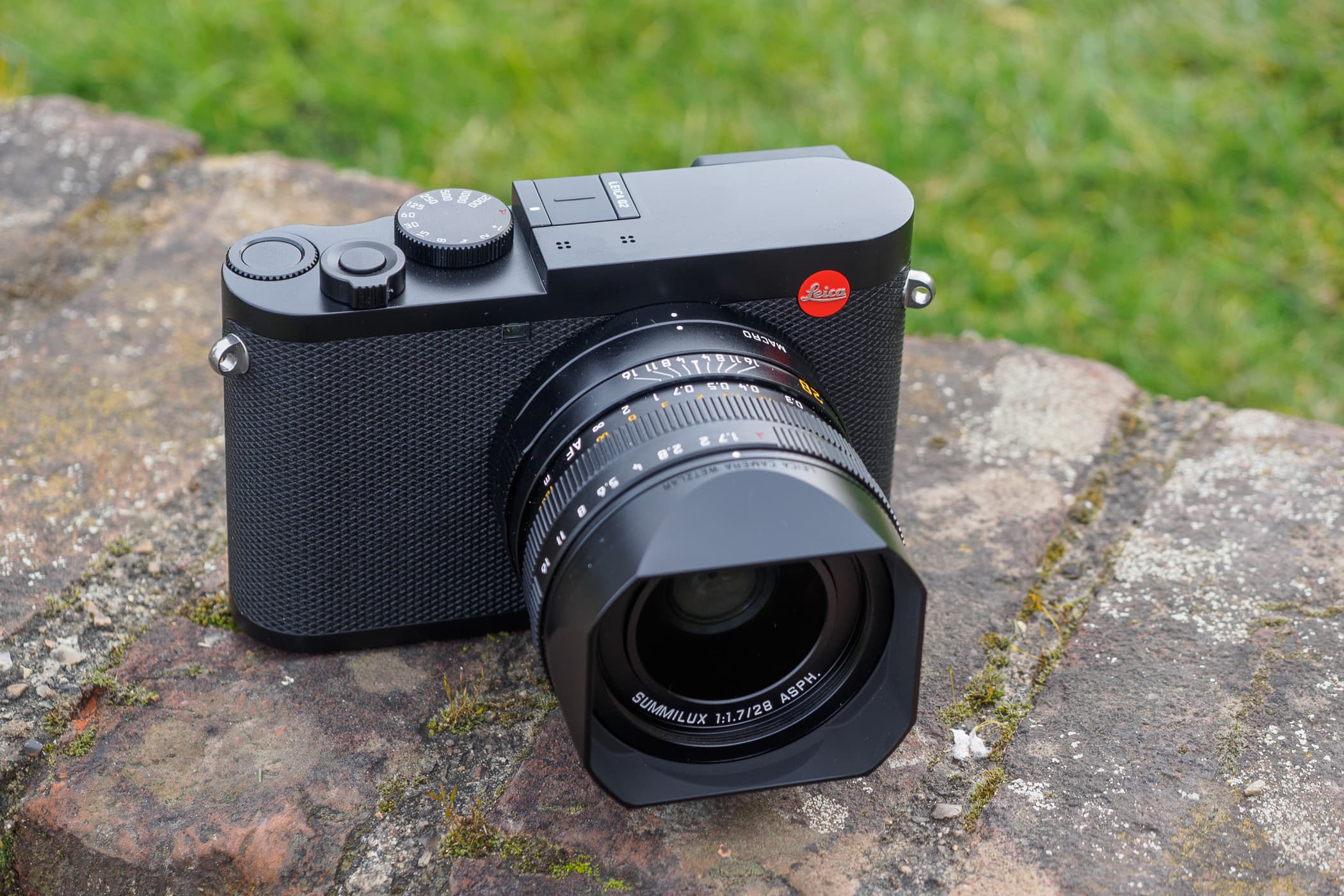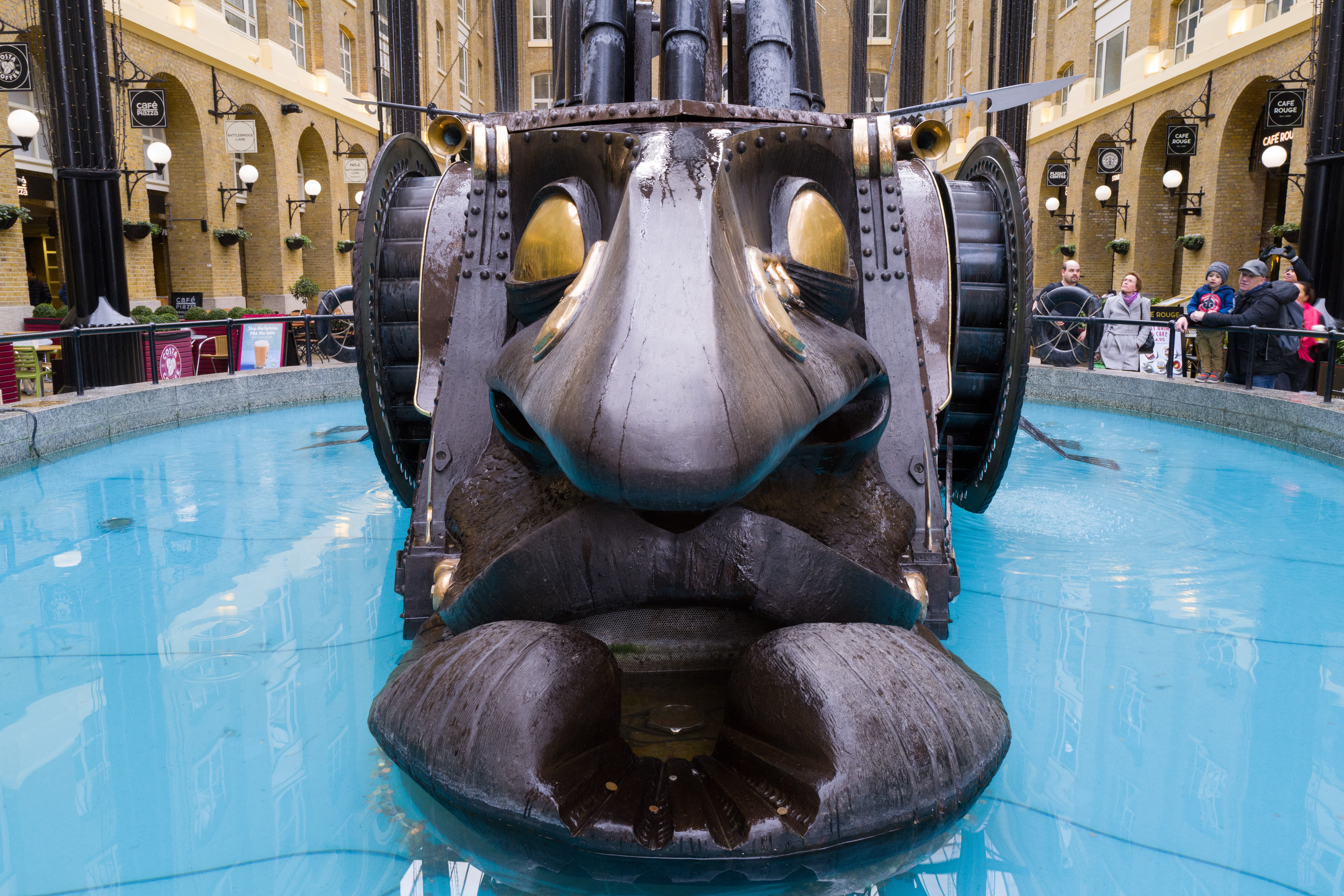The Leica Q2 is a premium compact camera with a 47.3MP full-frame sensor and 28mm f/1.7 image-stabilised lens, in a rangefinder-style design with a corner-mounted electronic viewfinder and fixed rear LCD. It uses traditional analogue dials to set shutter speed and aperture, and features a manual focus ring around the lens. An update to the 4-year-old, 24MP Leica Q (Typ 116), it costs a cool £4250.

Below you’ll find a series of sample images to give an initial idea of how the camera performs. Alongside a set of street images and urban landscapes, I shot a range of tests to examine how well the lens is able to meet the demands of the higher resolution sensor. You’ll find two aperture series, from f/1.7 to f/16, flare tests at different apertures, and a comparison of the camera’s crop modes covering 28mm, 35mm, 50mm and 70mm equivalent views.
See our detailed hands-on first look at the Leica Q2
There are also quick distortion tests, and because Leica is far more modern and forward-thinking than it sometimes likes to let on, this includes a comparison between out-of-camera JPEGs and DNG raw files developed in Adobe Camera Raw, using its interpretation of the correction data embedded in the metadata (which it says compensate for distortion and chromatic aberration). If you look very closely, you’ll see a hint of complex moustache-type distortion in the ACR-converted raw file that’s not visible in the JPEG, but nothing especially troublesome.

The gallery contains a few out-of-camera JPEGs, but is mostly DNG raws processed ‘to taste’ using Adobe Camera Raw. Adjustments may include white balance, colour and tonal adjustments; rotation corrections to fix slanted horizons; and crops for composition. The idea is to give the kind of results you can expect in real-world shooting, but without excessive post-processing. You can download full-resolution images by following the link beside each image thumbnail.
All images are copyright Andy Westlake / Amateur Photographer










